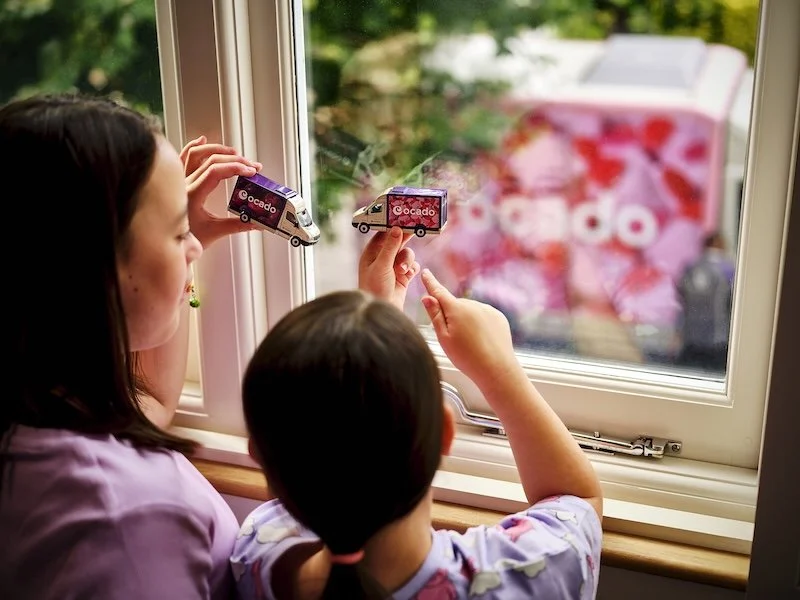A look back to look forward – what remains important in retail
By David Buckingham, CEO, Ecrebo
It’s been a rollercoaster ride for retail this year. We’ve seen store closures, financial losses and big brands taking a hit. It began in February with the closure of Toys R Us and Maplin, and has extended to Debenhams, House of Fraser, Mothercare, as well as restaurants including Jamie’s Italian, Prezzo and Byron, all of which have had to shut outlets in 2018.
But it wasn’t all bad news. There has been a revival of sorts on the High Street with a shift in focus for some retailers that is helping ensure their sustainability. There’s no magic formula, and different brands are trying different tactics, but the point is, they’re changing. And change is a critical part of survival.
Over the last year, we’ve seen developments in the way retailers are using technology, approaching the customer experience and broadening their offerings. Here are five from 2018.
Partnering for the future
Retail rents are rising. This means brands need to maximise the space they have in order to turn a profit. For many, it’s simply not enough to continue selling the same products in the same ways they have always done. The future lies in collaborations between complementary brands, services and products.
Sainsbury’s is one of the brands doing this well. The retailer has entered into a number of partnerships with other brands, Patisserie Valerie being one example. In addition to offering a Click and Collect service, Sainsbury’s also has Patisserie concessions in a number of its stores. Most recently, they announced a partnership with fashion retailer Oasis, that will see them selling some Oasis lines within their own, both designed to attract more shoppers, often from different target markets, and provide them with more reasons to come back.
Shoppertainment comes into its own
Stores have been using elements of entertainment to attract customers for a while. But this year, we’ve seen the concept of shoppertainment flourish as retailers do what they can to bring people into stores. One of the best examples is the collaboration between Game and Sports Direct; in October the first e-gaming Belong Arena opened within a Sports Direct store that can be used for competitive gaming tournaments, party rentals, or on a pay-as-you-go basis.
Personalisation is still important
Personalisation may not be a new concept in retail, but it is one of the best ways a retailer can show its customers that it understands their needs and preferences. It’s not just about getting your name right; true personalisation extends to targeted offers, discounts and promotions that are relevant to shoppers and entice them into store time and time again. Our own research supports this with 74% of UK consumers saying they are more likely to shop with a brand that gives them personalised offers.
Data is king. Real-time data is better
Data has always played a significant role within retail and is a critical ingredient in getting personalisation right. But the use of data can be taken so much further — when it’s captured and used in real-time, the possibilities are endless. At the Point of Sale, this data can be used to deliver targeted offers and discounts to customers almost instantaneously. Beyond that, it can be used to optimise marketing campaigns and improve segmentation and relevance.
The value of the human touch
While technology is the enabler for capturing real-time data, delivering personalisation, and making experiential retail a reality, we shouldn’t understate the importance of the human element. Especially when it comes to the customer experience.
Shoppers want convenience, a fast and easy checkout process, and a frictionless shopping experience, which is where technology can make a difference. But as much as technology can enhance the shopping experience, consumers actually want more of the human touch, not less. This sentiment is supported by recent PwC research that found 75% of shoppers wanted more human interaction as technology improves.
Moving forward
There’s little doubt that the retail landscape will continue to shift into 2019. In addition to trying new things, innovating and moving forward, it’s critical that retailers learn from both the good and bad aspects of the past. There were definite positive outcomes in 2018 and incorporating these elements into the approach may will be important for future success; whether that’s using technology in new ways, honing personalisation, innovating with data or turning to experiential retail, or a combination of them all.










Continue reading…